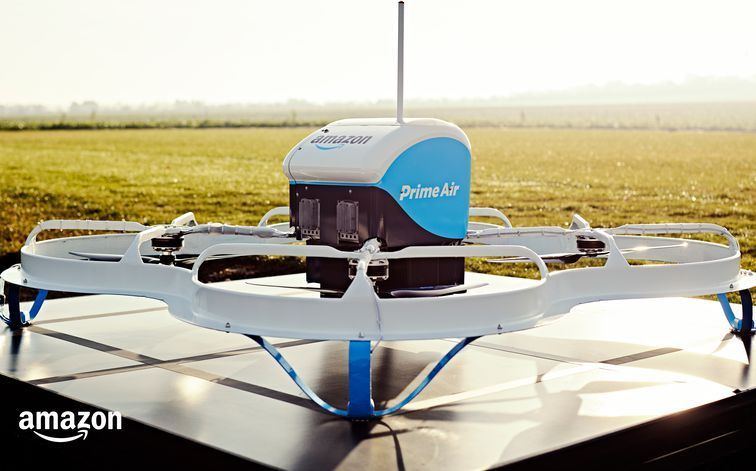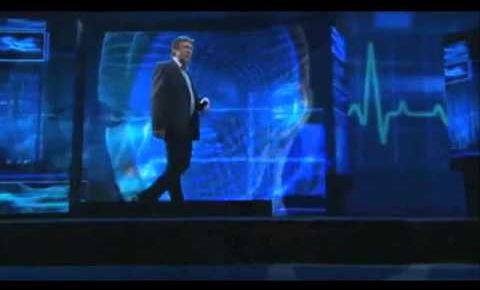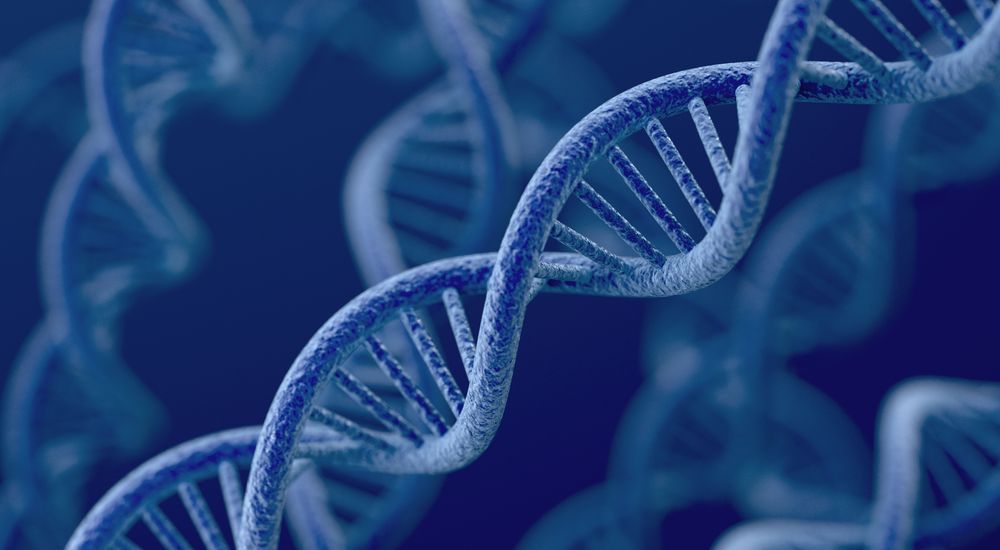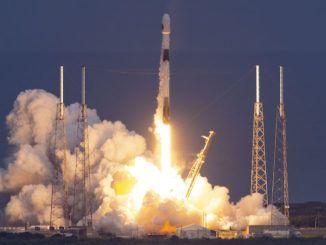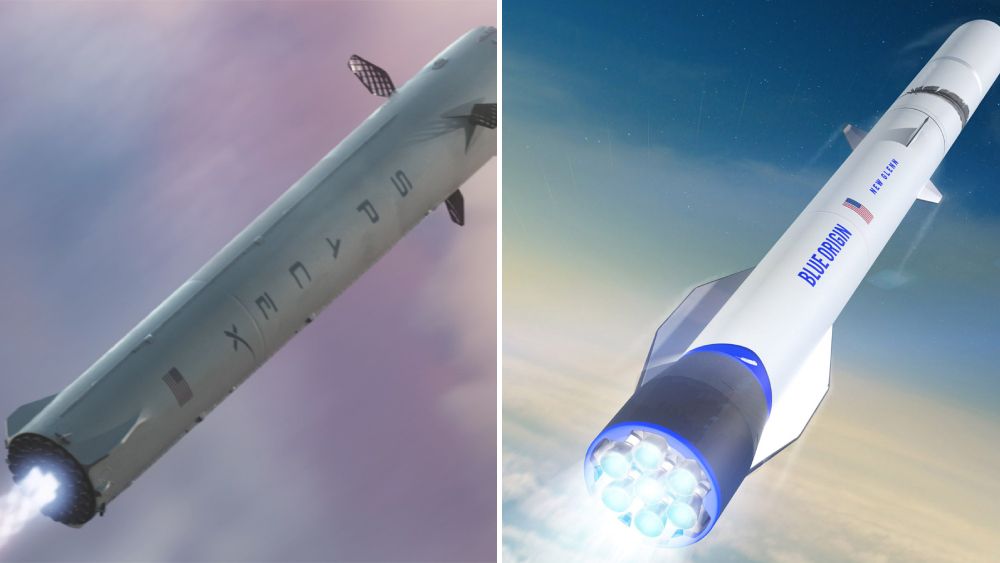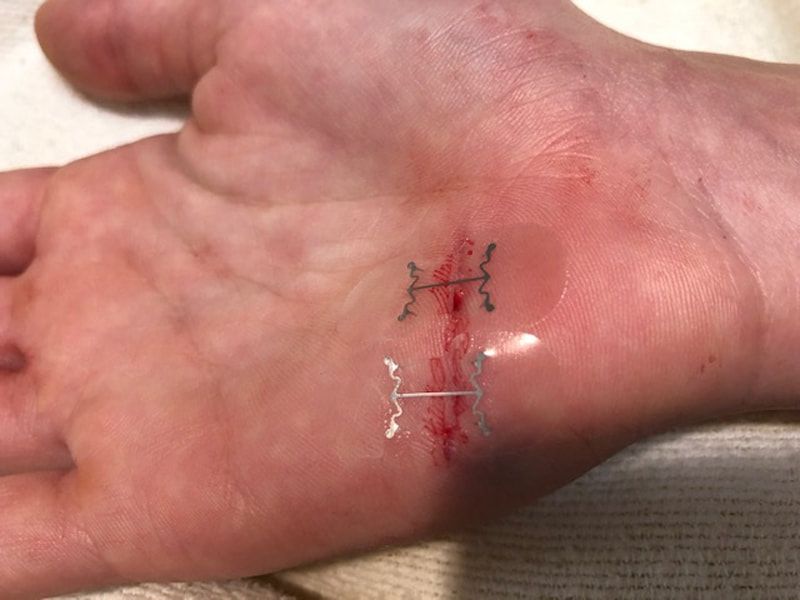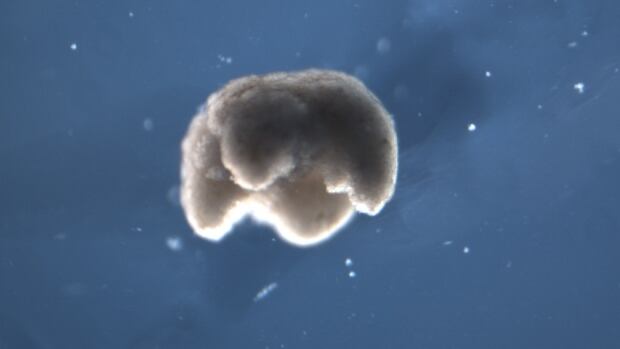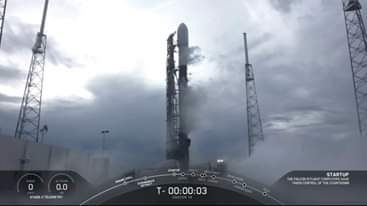Amazon Prime Air has cleared a regulatory hurdle, moving the online retail giant one step closer to dropping packages off at your doorstep with drones. The US Federal Aviation Administration on Saturday issued Amazon Prime Air a “a Part 135 air carrier certificate,” allowing it to begin commercial drone deliveries in the US.
“Amazon Prime Air’s concept uses autonomous [unmanned aircraft systems] to safely and efficiently deliver packages to customers,” said a spokesperson for the FAA on Monday. “The FAA supports innovation that is beneficial to the public, especially during a health or weather-related crisis.”
Amazon and other companies are trying to make drones the future of deliveries.
